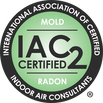Mike's Home Inspector BlogMichael Burfitt |
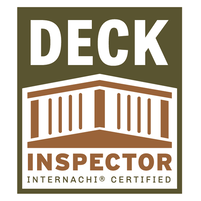 Below is an example of two support posts for decks that are from homes built in the same year. One is built correctly, and the other is not. Go ahead and scroll down now if you want to try and figure it out and come on back to find the answer. In this case, the deck on the left is how most homes I have inspected have looked and is incorrect. In Halifax, all decks that are attached to a home and those over 2 feet that are detached must have footings. This means that, just like a home’s basement or crawlspace, it needs to be buried below the frostline, or approximately 3 feet/1 metre. Why is it so important to have footings? A simple concept called frost heave. As water in the soil freezes, it expands and exerts pressure upwards on the post, leading to it raising or “heaving”. While it will drop back down in the Spring, the concern is that not only will it not settle in the proper spot (leading to uneven and unbalanced decks) but exerts pressure on the ledger board connection, where the deck is connected to the home. Contrary to popular belief, while permits are required in HRM and most locales, there is little correlation between deck failure and whether it was built with a permit. Upwards of 90% of decks fail because the deck separates from the home and falls to the ground. Furthermore, while not visible in this picture, the deck on the left is secured only with nails that can easily come loose unlike the right deck that is attached with proper bolts. COVID-19 restrictions are presently keeping large gatherings away from decks, but once large summer gatherings begin again there is an increased chance of deck collapses from decks weakened by frost heave. Please inspect your decks and if you have any concerns contact a qualified home inspector or contractor to ensure it is safe to use. As home and property inspectors, we are always looking out for potential major issues for our clients. Often times this results in reporting on such visible issues as a diagonal crack indicating potential foundation issues, burn marks on curtains or electrical receptacles, and missing shingles indicating a potential roof leak. While these are important to all home inspectors, we also look for other potential issues that are not so apparent to homeowners, buyers and sellers. Here is an example of a potential major issue from a recent home inspection.
To the naked eye this appears to be a group of pipes, likely for hot water due to the orange colour. They also appear to be professionally installed and in good shape overall: both of these observations are correct but that does not tell the whole story. Before we get ahead of ourselves, let me explain what this is and why it could be a potential financial pit for buyers, a sales obstacle for sellers and a major cost for current homeowners. What you are looking at is the manifold for a hydronic (hot water) heating system, where it is distributed to the various zones (rooms) in the home. The system itself is well maintained and in good condition however it is composed of a PEX-AL-PEX pipe, otherwise known as Kitec plumbing. So, what exactly is wrong with Kitec? The short answer to this is that it depends on who you talk to. Some plumbers claim that with its high failure rate, tendency to burst rather than leak when failing and that it is no longer available are all reasons to immediately replace all Kitec plumbing with a more acceptable solution such as copper or cross-linked polyethylene (PEX). Others will argue that the issue is drastically overblown and as long as it is maintained it is no riskier than any other material. At Inside Edge, we are in the business of providing facts to our clients so they are able to make the optimal real estate decision and representing the condition of the home as best we can. On that note, here are some facts about Kitec:
It is generally recommended that a plumbing contractor evaluate any system containing Kitec due to its tendency to fail catastrophically. Any home inspector or plumber can check for visible Kitec on any home you are considering purchasing or putting up on the market and advise accordingly. 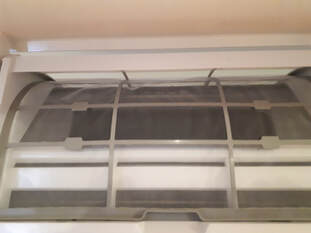 Don't forget to regularly clean the entire filter! Don't forget to regularly clean the entire filter! Radon is a radioactive, invisible, tasteless, and odorless gas created by the breakdown of uranium deep below the Earth’s surface. It is widely known to be the second leading cause of lung cancer in North America. So, how many homes in Nova Scotia have this dangerous gas in them? All of them! No need to panic though. The Canadian guideline for the maximum exposure to radon in a home is 200 becquerels per cubic metre (200 Bq/m3). The level of radon varies according to what area of Nova Scotia your home is in and changes from home to home, day to day, and community to community. The only way to know your risk of exposure is to perform a long-term test and therefore I do not offer short term (48 hour) radon testing as they are not reliable. While all homes in Nova Scotia can potentially have dangerous radon levels, there are a few locations in our service area that generally need extra attention as they are in high risk areas. They include:
Thankfully, libraries in Nova Scotia now offer radon testers on free 6-week loans so you can perform your own testing. I used one in my own home and determined that despite being in a low-risk area, I still had an average of 151 Bq/m3: acceptable but I still wanted to lower it without contacting a Radon mitigation specialist. I have heard mixed opinions on whether Radon can be filtered so I thought I would test it for myself. I replaced the activated carbon filter (the thin black strip seen here) in my heat pumps and checked again a week later. After only a week, the level of radon detected in my basement dropped significantly, both on a weekly and daily basis. As can be clearly seen below, the average radon level dropped from 151 to 66, with a further drop to 58 Bq/m3 on the final day of my month-long test. While this is not a solution to extremely high radon levels it can be an inexpensive, short term solution for those who have levels nearing the recommended maximum of 200 Bq/m3. It is highly recommended that all home and property owners use a radon monitor for a period of at least 1 and ideally 3-12 months to collect data to determine the next steps. In addition to professional radon mitigation, there are several steps that can not only reduce radon levels but provide a healthier indoor air for you and your family. These include:
With this knowledge you can take the appropriate action to keep radon to a safe level in your home. Health Canada currently recommends remediation within two years if the radon level is between 200 to 600 Bq/m3 and within one year if levels exceed this threshold. |
Archives
July 2024
Categories
All
|
|
Inside Edge Home Inspections Ltd.
Halifax, NS 902-209-9921 [email protected] Proudly Serving the HRM & Central Nova Scotia |
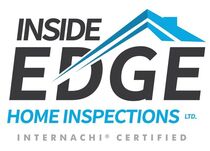
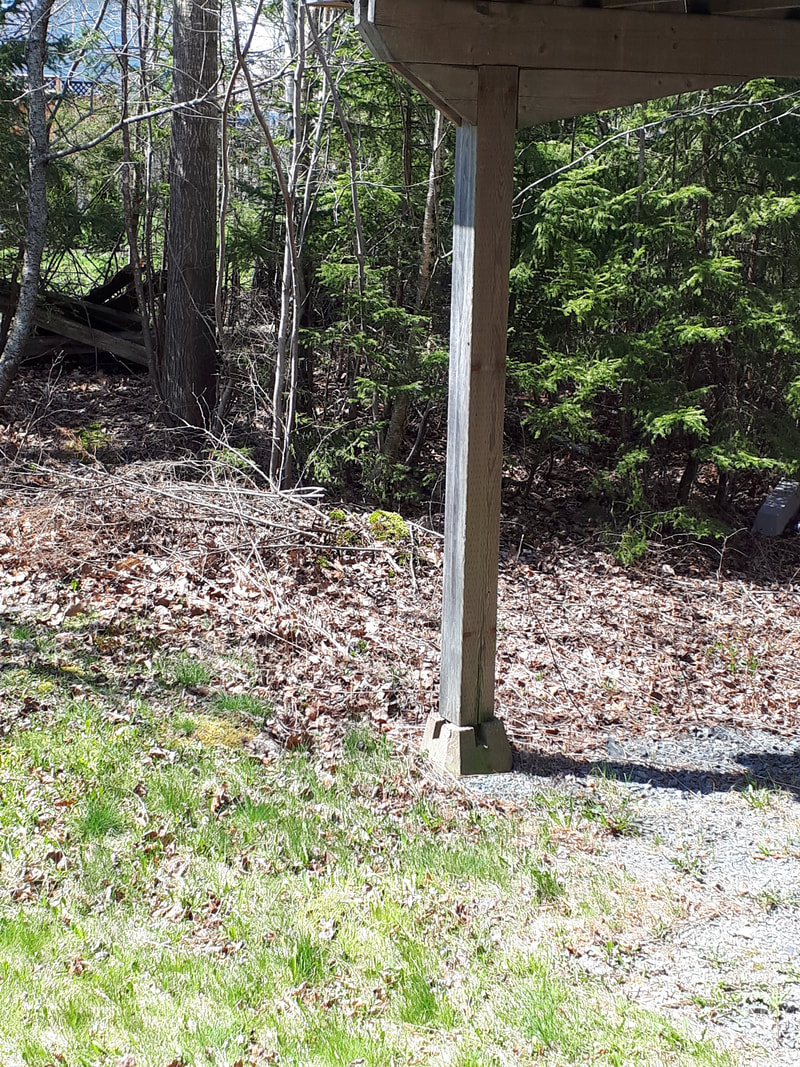
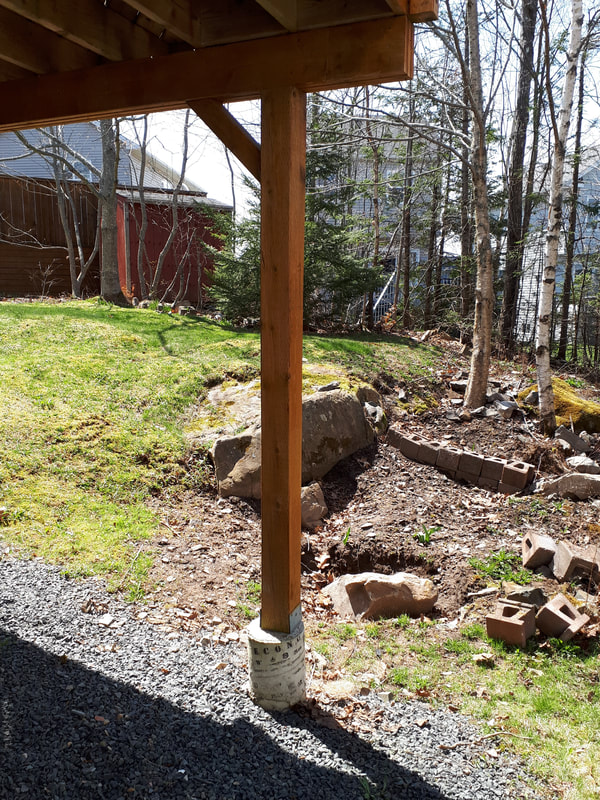

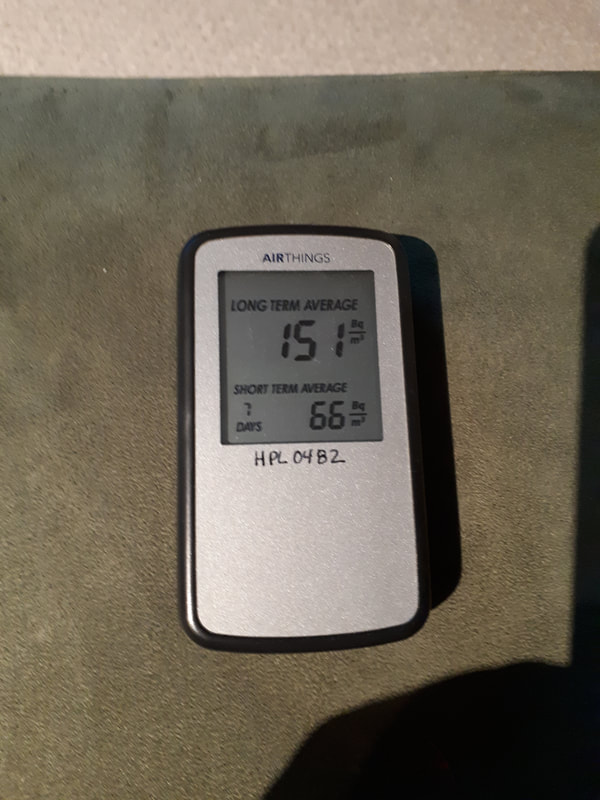
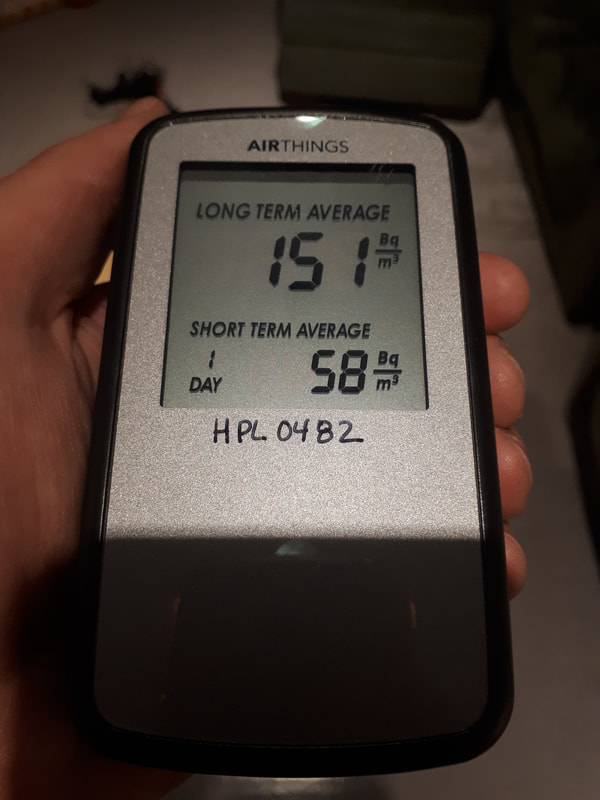
 RSS Feed
RSS Feed

